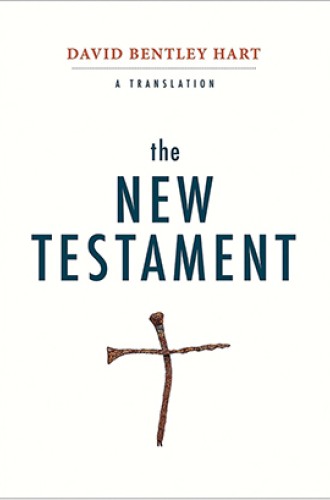The New Testament in the strange words of David Bentley Hart
Greek and English do not work the same way. So what does it mean to create a literal translation?
When a theologian of the stature of David Bentley Hart offers a “pitilessly literal translation” of the New Testament that is “not shaped by later theological and doctrinal history” and aims to make “the familiar strange, novel, and perhaps newly compelling,” we are eager to see the result. He promises to bring out the “wildly indiscriminate polyphony” of the writers’ styles and emphases, converging on their “vibrant certainty that history has been invaded by God in Christ in such a way that nothing can stay as it was.”
But his two main claims (to be “literal” and “undogmatic”) are not borne out, and the promise of displaying the strangeness of early Christian life disappears behind different kinds of strangeness. There are indeed some striking passages: we read that Saul had “wreaked such carnage” among the early believers, but was now “marshalling arguments that this man is the Anointed” (Acts 9:21–23). His opponents are people “whose God is their guts” (Phil. 3:19). And so on. But what does literal mean?
Greek and English, as Hart knows well, do not work the same way. Pretending that they do produces not literal translation but the kind of thing you get in an interlinear version, as with “the one making me well, that one told me” (John 5:11), or “going and washing, I saw” (John 9:11). Hart frequently translates houtos and ekeinos as “this one” and “that one,” as in “having received the morsel, that one [i.e., Judas] immediately departed” (John 13:30). The strange English here has nothing to do with a cultural clash between the first Christians and ourselves.






